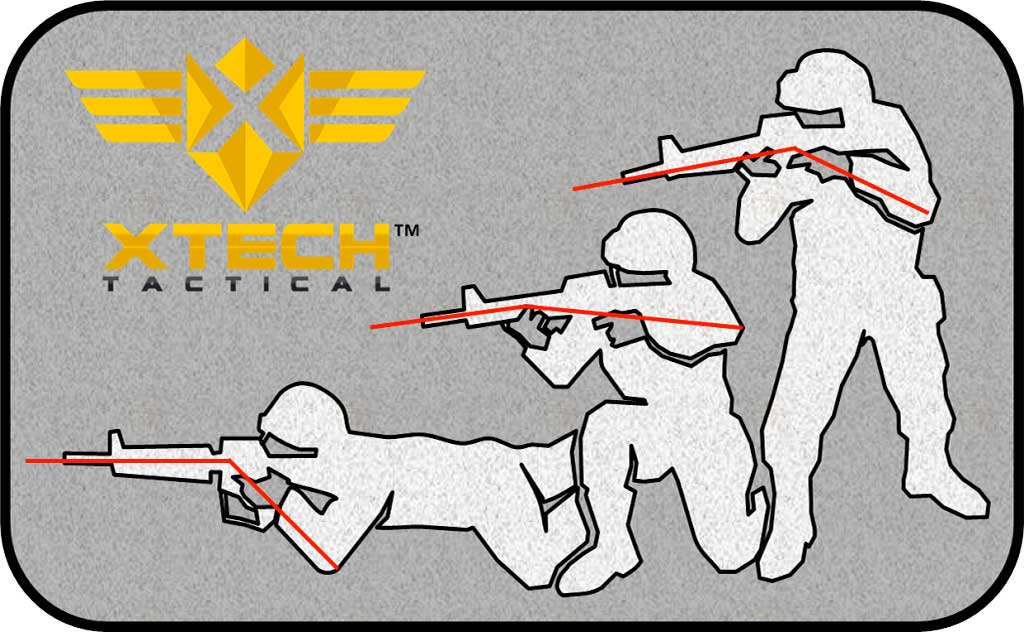 Evolutionary Design. Revolutionary Utility.
Evolutionary Design. Revolutionary Utility.
Many find the pistol grip to be the first and most important upgrade for their AR due to its increased comfort and low cost compared to most other upgrades. Over the past decade, the angle of AR pistol grip has been a major factor in deciphering between the different options on the market. The ATG™ grip is the first and only fully functional adjustable angle AR pistol grip. Please ensure the grip is properly installed and tightened prior to use. Now, here is a quick history lesson on where, when, and why each angle was introduced:
Thirty-Three Degrees
This angle is based on the “A2 grip” originally seen in the 1960’s. At this time the only AR style weapons were equipped with a full length fixed rifle stock, and common shooting stances included an “elbow out” and more upright stance. This angle tends to be a top choice while shooting with an upright stance and/or a full length or fully extended stock.
Twenty-Five Degrees
With the introduction of the collapsible stock, combined with the introduction a modern shooting stances which focus on a compact stance, many found the A2 grip to be too much angle. In the late 90’s, and early 2000’s several AR accessories manufacturers began offering grips similar to this angle. This angle serves as a great middle option. Shooters preferring the 33 degree angle may find this angle to be ideal from shooting with a shorter stock or when requiring quick engagement. And shooters preferring the 17 degree angle may find this is the ideal angle when using a full length stock or from the prone position.
Seventeen Degrees
The newest angle of the three is relatively new to the AR market, but the angle very close to many stock grips on other sporting rifles dating back over 50 years. With the further advancement of the company modern shooting techniques, a tight “elbow in” stance with a collapsed or partially collapsed stock the demand a more vertical pistol grip became apparent. On a military and LE side many find this angle to be ideal, promoting quick engagement and improved control when engaging from a vehicle or in close quarters combat.
Having the ideal pistol grip angle will reduce wrist fatigue while increasing accuracy and comfort. For the recreational shooter, the ideal angle is strongly driven by personal preference. You are encouraged to try all three angles in all of your favorite stances and uses of your rifle.
Remember, safety first, and always have fun.

